We may earn money or products from the companies mentioned in this post. This means if you click on the link and purchase the item, I will receive a small commission at no extra cost to you ... you're just helping re-supply our family's travel fund.
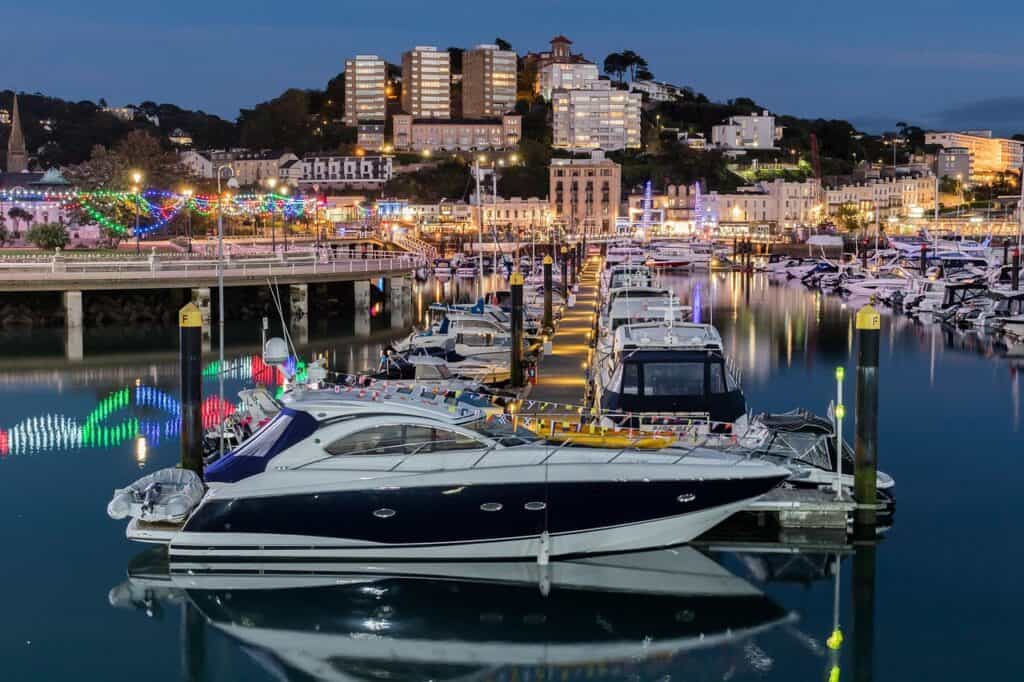
New England’s small towns were built for working harbors, mill shifts, and quiet winters, not global content calendars. Social feeds now turn a few streets, coves, and fields into seasonal stages, drawing waves of visitors who arrive with exact photo angles already in mind. Locals feel the mix of income and intrusion hour by hour. What happens next depends on simple choices: whether trips respect the scale of these places, or treat them as disposable backdrops.
Salem, Massachusetts, Halloween Turned All-Season Stage
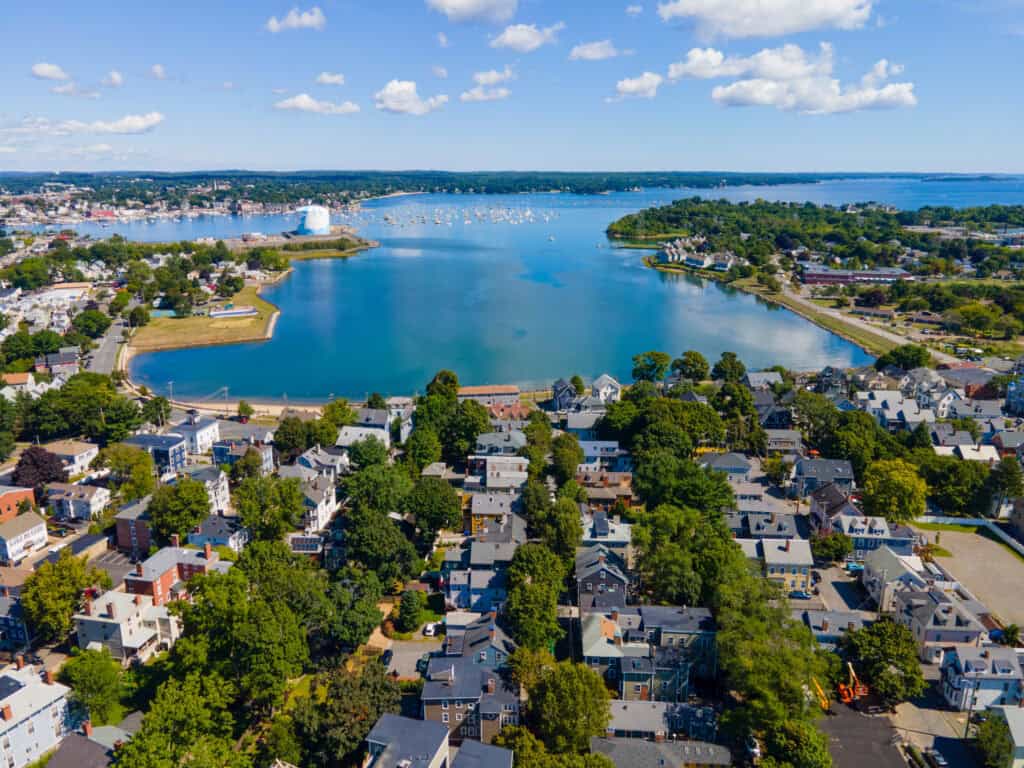
Salem’s haunted branding and witch-trial history always drew visitors; viral tours and costume clips turned October into a crush that bleeds into shoulder months. Sidewalks clog, trains spill out, and locals plan errands around peak hours. Many businesses thrive while year-round residents weigh fatigue, rent pressure, and surveillance vibes from endless filming. The town experiments with crowd controls and permits, trying to protect both its story and its sanity.
Woodstock & Pomfret, Vermont, The Sleepy Hollow Traffic Jam
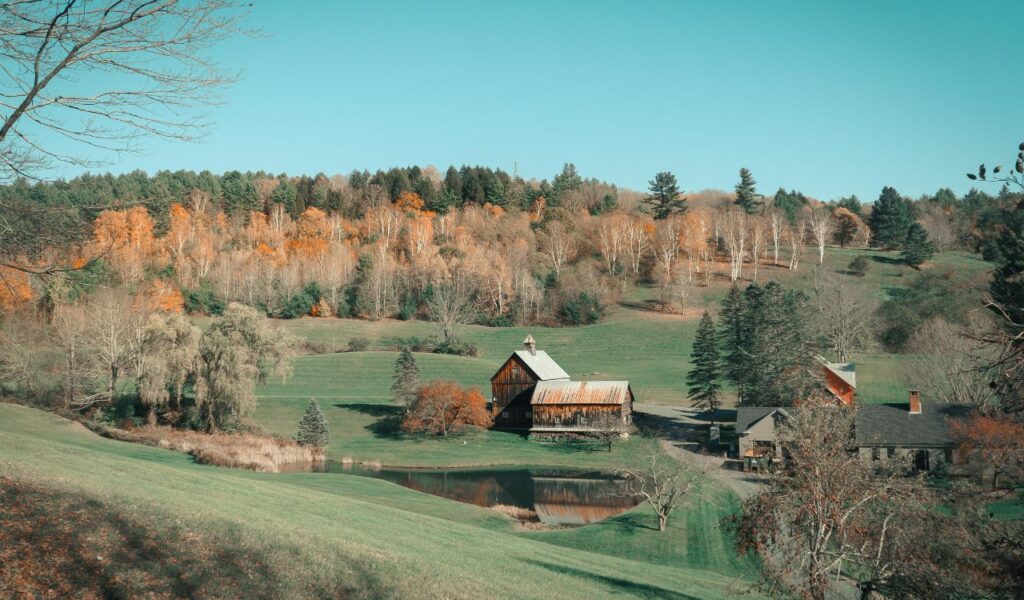
Pastoral scenes near Woodstock, especially the road to Sleepy Hollow Farm in Pomfret, became global shorthand for “perfect Vermont” after a few viral foliage shots. Now convoys block narrow lanes, trespass onto working fields, and strain a community that never sold tickets. Residents and officials close roads in peak season, push shuttles, and remind visitors that someone still pays the mortgage on those barns. The charm survives, but only behind firmer boundaries.
Stowe, Vermont, Foliage Town In A Spotlight Beam

Stowe’s churches, lifts, and mountain views were busy long before drones; social media simply compressed demand into the same weekends and overlooks. Route 108 backs up, trailhead lots spill over, and coffee lines run full of tripods and matching flannels. Locals and long-time guests see the strain on staff and roads. The town leans into shuttles, parking rules, and quieter-season campaigns to keep its ski-and-foliage identity from tipping into theme park mode.
Bar Harbor, Maine, Acadia’s Pressure Valve
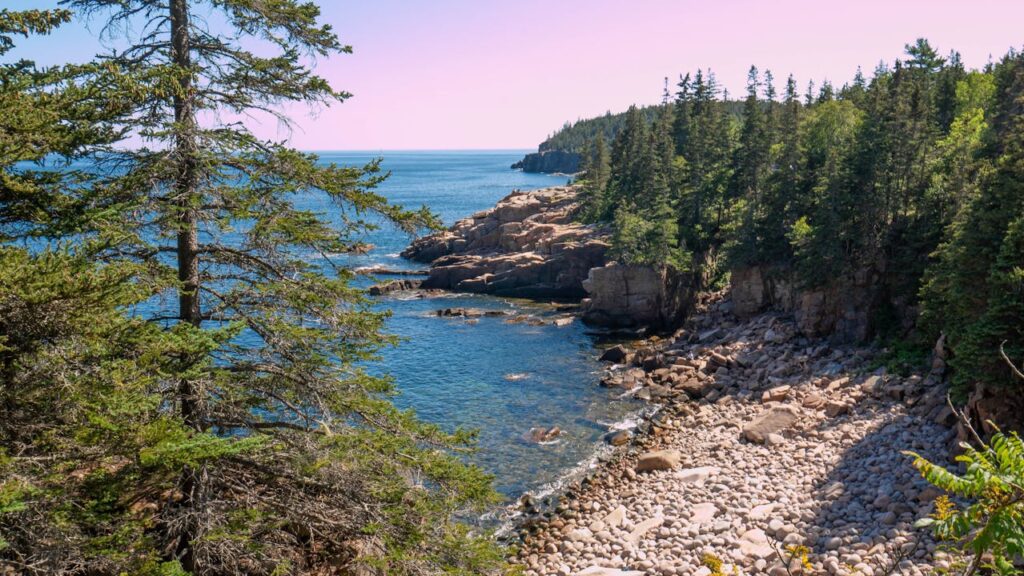
Bar Harbor absorbs both Acadia National Park fame and constant cruise content promising sunrise summits and lobster rolls on repeat. Compact streets take the full weight: buses, ship passengers, and road trippers funnel into the same crosswalks and docks. Residents debate ship caps, zoning, and fair use of the waterfront they still need for daily life. The core tension sits between open welcome and the right to breathe between tour groups.
Nantucket, Massachusetts, Island Aesthetic With A Breaking Point
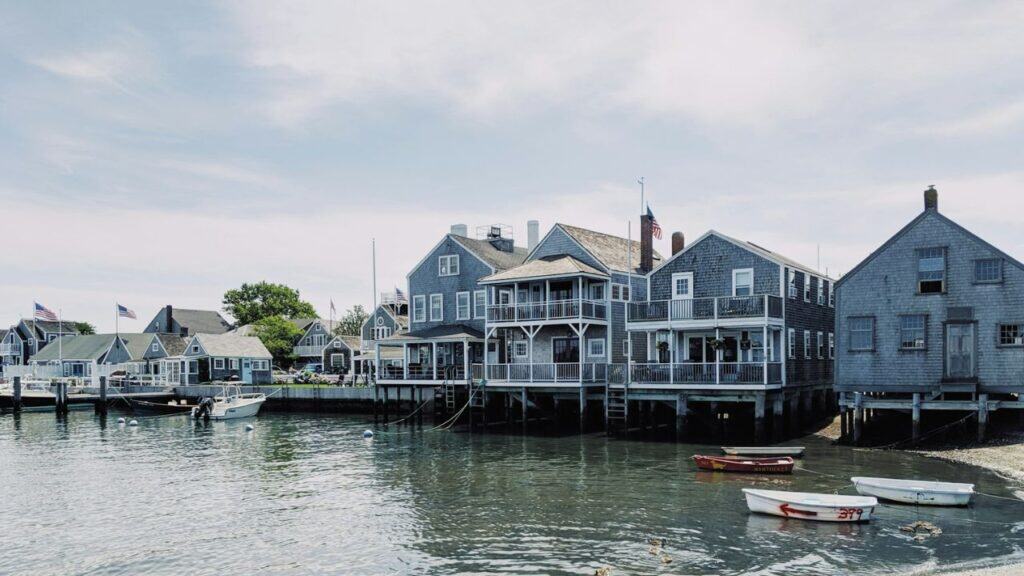
Nantucket’s gray shingles, fog, hydrangeas, and boats now live in endless mood boards that sell a polished coastal fantasy. High-season visitors crowd ferries, rentals, and one-lane streets, pricing out workers and nudging year-round life to the edge. Locals bristle at staged shoots that block sidewalks or trespass for angles. Ongoing fights over housing, short-term rentals, and event permits show an island trying to defend itself without losing the harbor that feeds it.
Newport, Rhode Island, Cliff Walk Under Constant Watch

Newport’s mansions, Cliff Walk, and harbor have always drawn attention, but drone passes and bridal shoots now arrive in steady waves. Narrow paths shoulder heavy traffic, with storms and erosion chewing at already stressed sections. The city pours money into repairs while managing crowds that treat views as public property and maintenance as invisible. Longtime residents, sailors, and workers want visitors, but also want acknowledgment that beauty costs something to keep standing.
Ogunquit, Maine, Marginal Way At The Edge

Ogunquit’s Marginal Way photographs cleanly: stone path, surf, low light, tidy inns. Viral clips turned that calm into steady pressure on limited parking and residential streets that sit right behind the views. Locals push trolley use, signage, and simple etiquette about noise, trash, and staying on the trail. The town’s warmth has not disappeared; it just now depends on visitors recognizing that real houses sit a few feet behind every postcard angle.
Rockport, Massachusetts, Motif No. 1 As Obligation
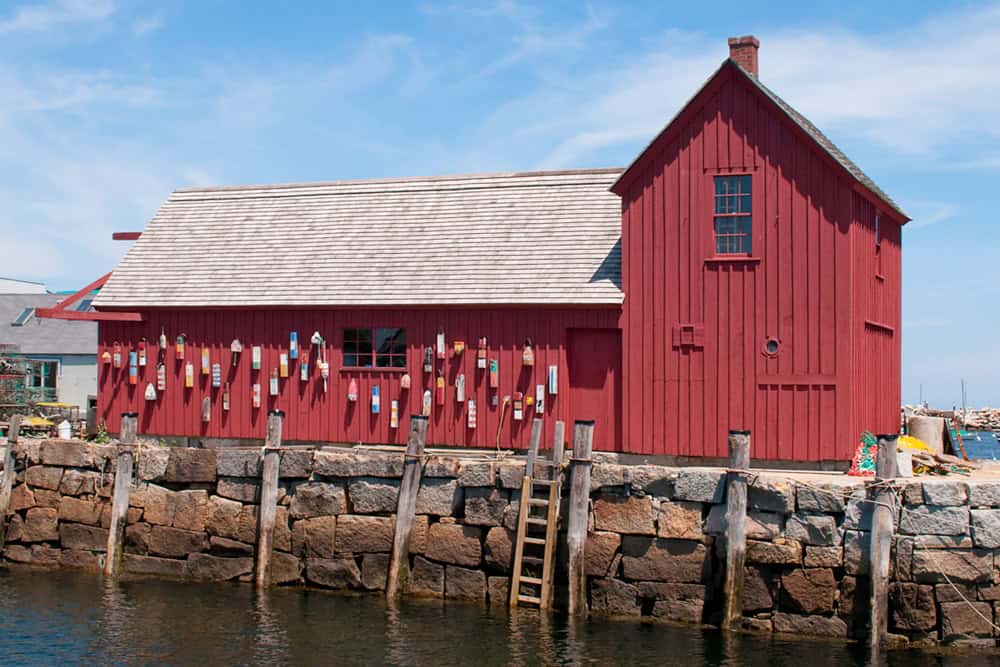
Rockport’s red fishing shack, Motif No. 1, shifted from beloved local subject to obligatory shot for tour buses and content creators. The harbor sees constant posing on narrow wharves, leaving little breathing room for working artists, lobster crews, and neighbors. Town voices emphasize that it is still a real dock, not a prop. Respecting that line determines whether Rockport feels like a shared place or simply a set people pass through.
Mystic, Connecticut, One Town Carrying A Whole Narrative

Mystic’s drawbridge, seaport, and clam shacks serve as shorthand for “New England coastal charm” across thousands of videos. Summer brings rotating lines for every cone, cruise, and crossing, while small streets absorb long day-trip queues. Local groups respond with clearer parking, better signs, and efforts to pull visitors into less crowded blocks and seasons. The town’s appeal holds up, but it asks for slower steps and less scripted visits.